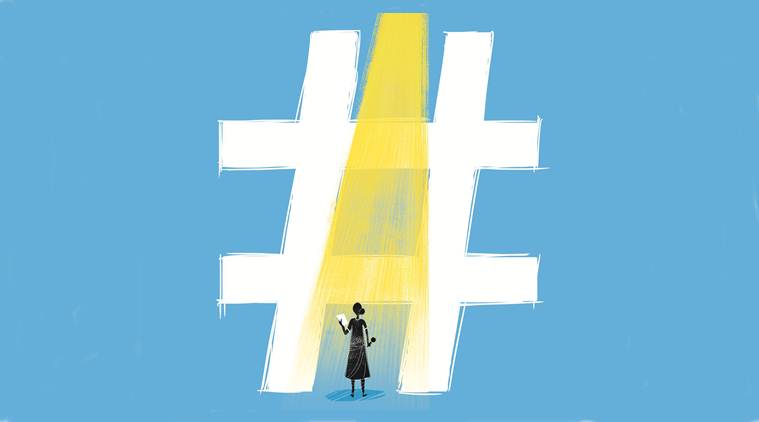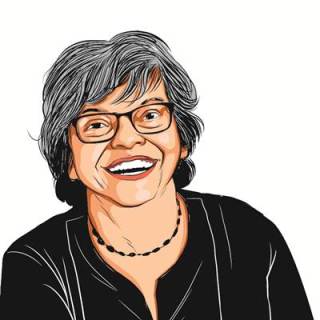The reporter, her story
Women reporters have faced misogyny and sexism, and yet they have travelled a long distance. MeToo provides an acknowledgement of the hurdles in their way, and their resilience.

The MeToo movement’s impact on Indian media led to strong responses from senior women journalists and even controversies. One such was over veteran journalist Tavleen Singh’s three articles in the Indian Express (‘Stories beyond MeToo’, January 1, Fifth Column: ‘Why I am not MeToo’ October 15, 2018, and ‘Can MeToo get beyond me’, October 21, 2018). The burden of her song was that women journalists must not become the story themselves by writing about the sexual harassment they face, but focus on the exploited women in the country. In a pithy response, another veteran journalist Pamela Philipose has pointed out fallacies in Singh’s argument (‘Her blind spots’, Indian Express, January 2).
As women journalists who entered English media newsrooms in the mid-1980s as junior reporters, we feel that both Singh and Philipose have, in separate ways, left out some significant aspects. Their stress on investigative stories and exposures etc does not do justice to the long way that women reporters have travelled.
Winning the right to do “hard news” beats, night duty and cover “difficult” beats did not happen overnight. Besides the prominent veterans, there were and are many women reporters who performed a difficult job very well and handled themselves with aplomb in the newsroom. Their number has grown tremendously in the past few decades.
The focus cannot be on whether women journalists should seek to become celebrities or not, should report on other exploited women or not or how many investigative stories they have broken. The point is how far women reporters have traversed in terms of doing “hardcore” reporting and not simply being ghettoised into doing lifestyle features. In fact, Singh is seeking their ghettoisation by arguing that they should report on the exploitation of women and girls in the country. Why cannot male reporters do so? In the newsroom, often women find themselves writing on women because the men simply refuse or are not assigned those stories.
In the mid-1980s when both of us entered journalism, there were very few women but those numbers rose gradually and today they are a critical mass. Yet, most of the stories on women, still considered a soft beat, are still done by women. We still have to see male reporters doing a series on rapes or dowry deaths or prostitution unless there is a perceived hard news angle. Women are yet to break the proverbial glass ceiling in many media houses, but they are doing beats earlier considered male terrain. By writing on gender and violence or “women’s issues”, they are keeping the flag flying, but that alone cannot change a patriarchal newsroom.
As young reporters, we looked up to women like Singh and Philipose, Coomi Kapoor, Olga Tellis, Usha Rai, Mrinal Pande and so many others. Lata Raje, who was the chief sub editor at Indian Express, was one of the few women in a senior position in the late 1980s, as was Carol Andrade who was the only woman reporter when she joined the Times of India, and went on to become a chief reporter of an evening paper. Women faced undefined and unarticulated but nonetheless gargantuan obstacles to become political and crime reporters.








































No hay comentarios:
Publicar un comentario